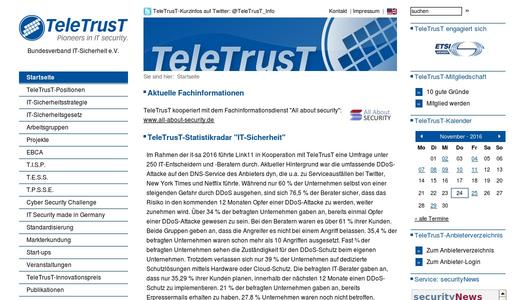Kerninhalte der in englischer Sprache erstellten Norm sind:
- Research project management requirements
- Confidentiality of information
- Documentation requirements
- Competence and training
- Subcontracting/outsourcing
- Reviewing the effectiveness of the research process requirements
- Proposals and tenders
- Execution of the project
- Digital analytics and web analyses data collection
- Data collection methodology
- Validation of data collection process
- Participant safeguards
- Weighting
- Permission of the target group
- Protection of individual identities
- Device Monitoring
- Reporting
- Data retention
- Data security
- Ownership and publication of results.
ISO 19731 "specifies terms and definitions, as well as service requirements, for organizations and professionals that conduct digital analytics and web analyses for collecting, analysing and reporting of digital data for purposes of market, opinion and social research by various methods and techniques."
ISO 19731 "applies to digital and web analysis research activities such as:
- understanding the usage of websites via the use of cookies, page impressions and other means, navigation across sites, time spent by visitors and their actions;
- online metered panels, e.g. on-going measurement of web visitation via meters installed on panellists’ desktop, mobile or tablet devices;
- tag-based solutions to measure online usage at universe level, which can be integrated with metered panel data to provide a hybrid measurement;
- social media analytics which collect, aggregate, and analyse online comments and user-generated content such as blogs, forums and comments on news sites or other sites."
Erarbeitet wurde ISO 19731 in Kooperation mit dem Bundesverband IT-Sicherheit e.V. (TeleTrusT) von den deutschen Marktforschungsverbänden ADM und DGOF mit den Partnerverbänden aus Österreich, Großbritannien, Spanien, Japan, Kanada, den USA und den Niederlanden sowie EFAMRO und ESOMAR. Das deutschsprachige Begleitgremium wurde unter dem Dach von Austrian Standards organisiert. Die Entwicklung der Norm begann im Februar 2014 und wurde im November 2016 mit breitem Grundkonsens abgeschlossen. Die Norm wird Anfang 2017 in Kraft treten.

